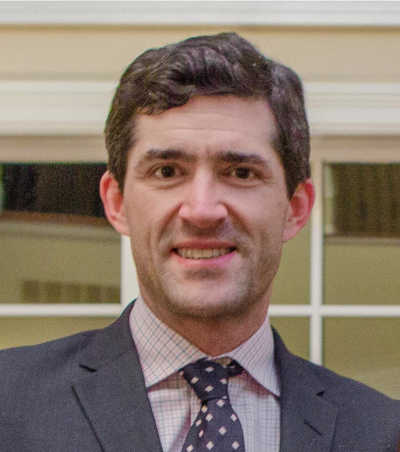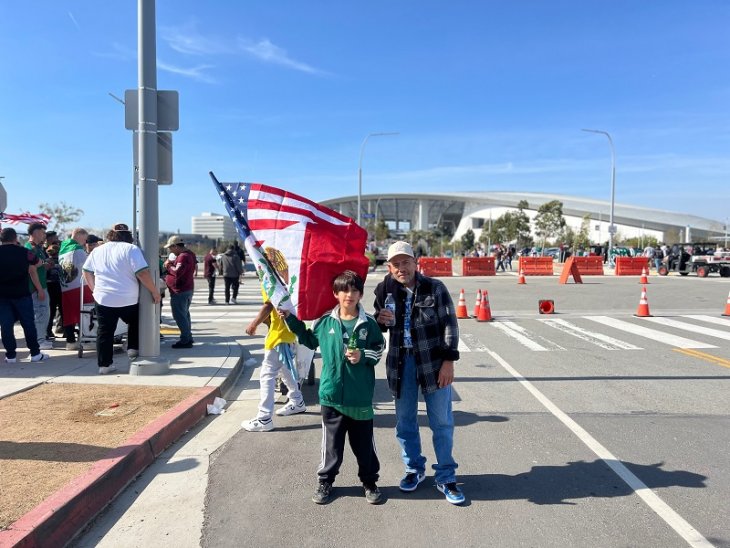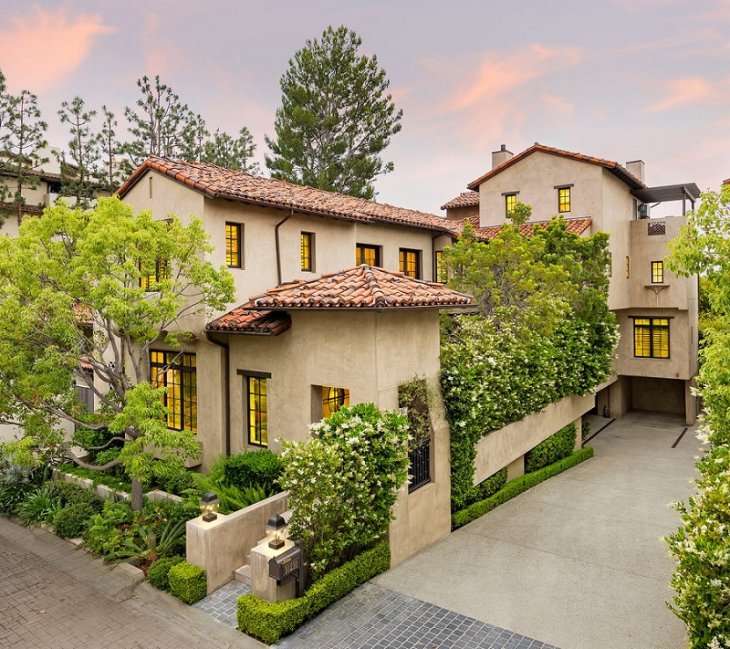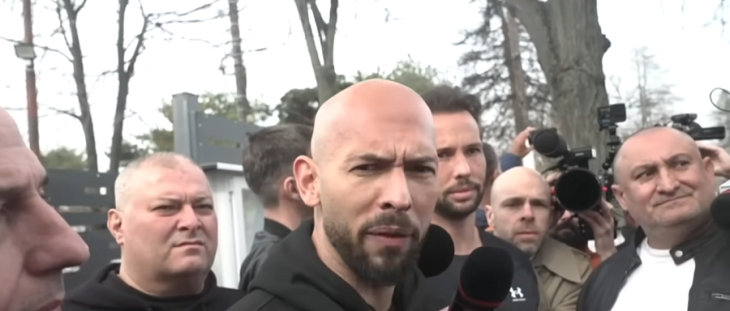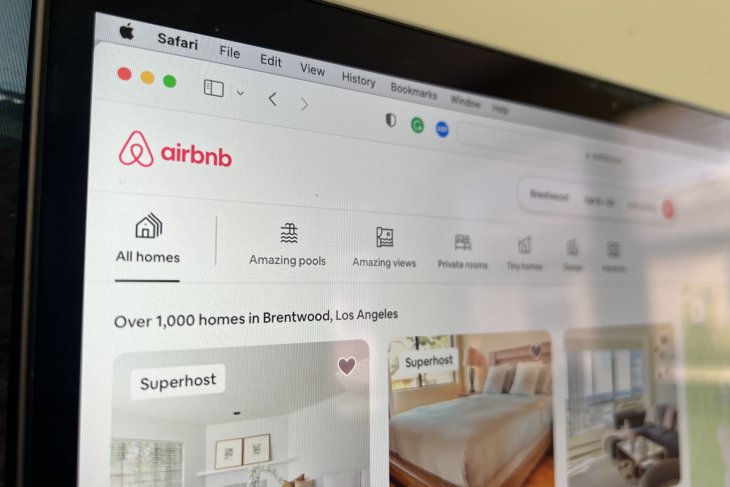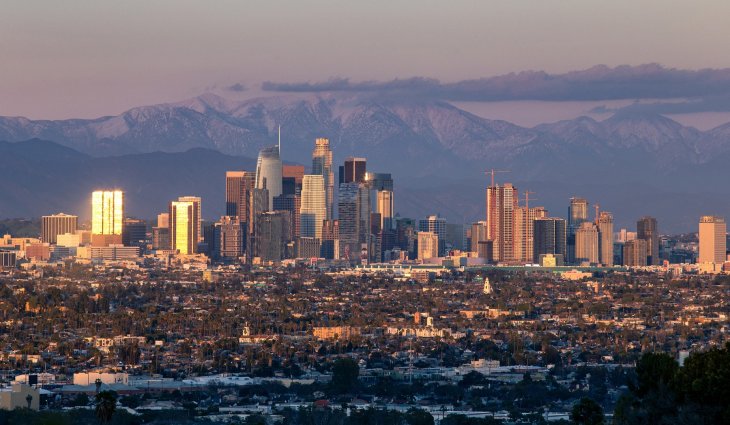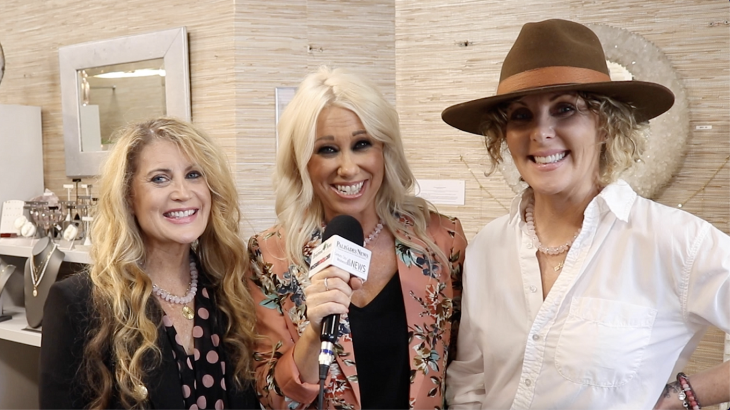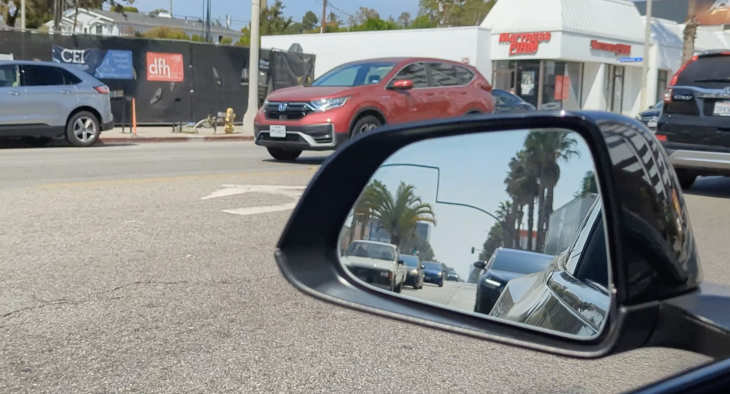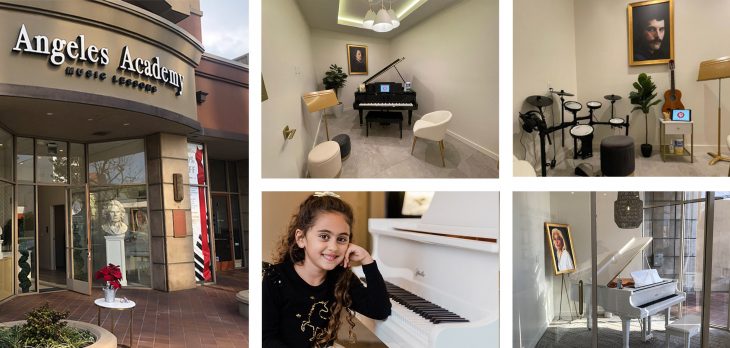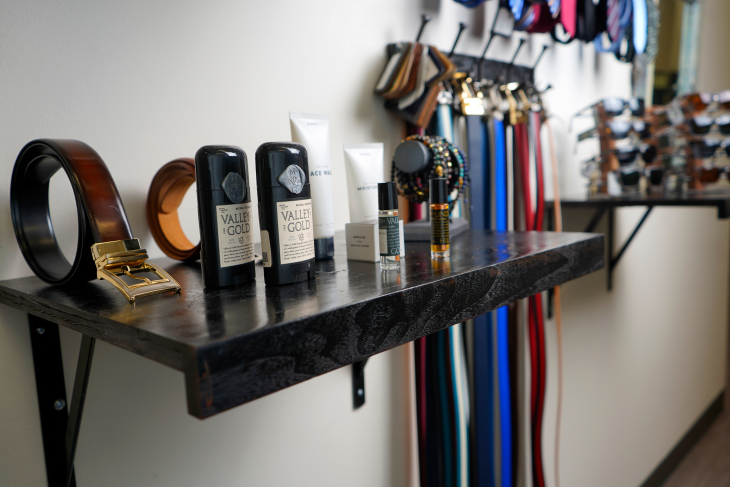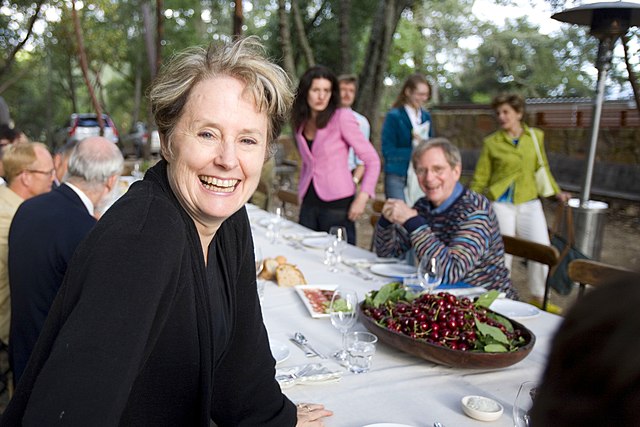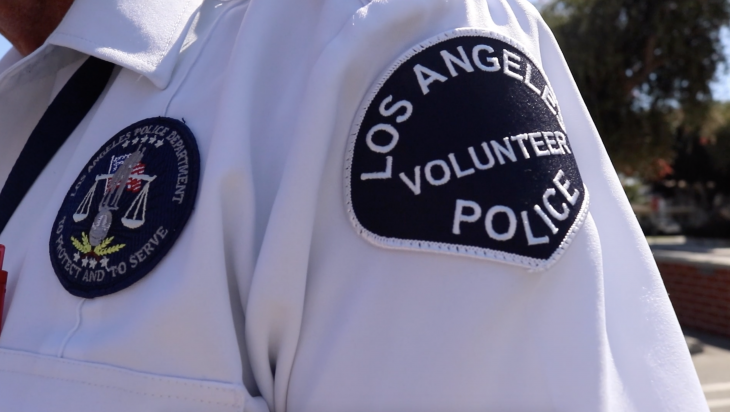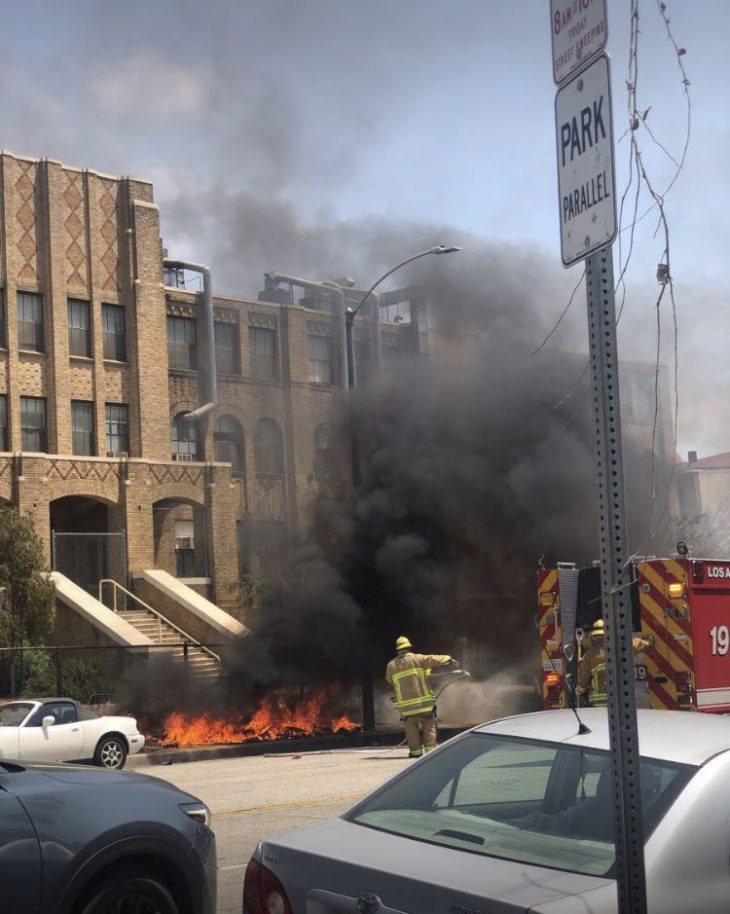By Jeff Hall
Brentwood resident Josh Stephens has an unusual ability to take the mind-numbing topic of urban planning and make it interesting – exciting, even.
In his new book, “The Urban Mystique, Notes on California, Los Angeles, and Beyond”, Stephens pulls together, all in one place, a compendium of short essays he wrote over a several-year period for California Planning & Development Report and other publications related to urban planning and design.
In his new book, Stephens covers everything from public transportation to zoning laws to the importance of local watering holes.
NIMBYism is contrasted with YIMBYism (“YES, in my back yard”) in the book.
Racism, local politics and homelessness are also addressed. So, too, the minutiae of setbacks (how close a building can be to the street, the sidewalk, and other buildings).
Here are the names of a few sample essays to give you a feel for The Urban Mystique:
- Where Nobody Knows Your Name
- Housing Crisis, Meet Transportation Crisis
- Dumb Objections to Smart Growth
- Los Angeles’s Moral Failing
- Searching for Los Angeles in Blade Runner 2049
Stephens, who grew up on LA’s Westside, was an English major at Princeton. He later went on to get a masters degree in public policy at Harvard’s Kennedy School of Government, with a focus on urban policy.
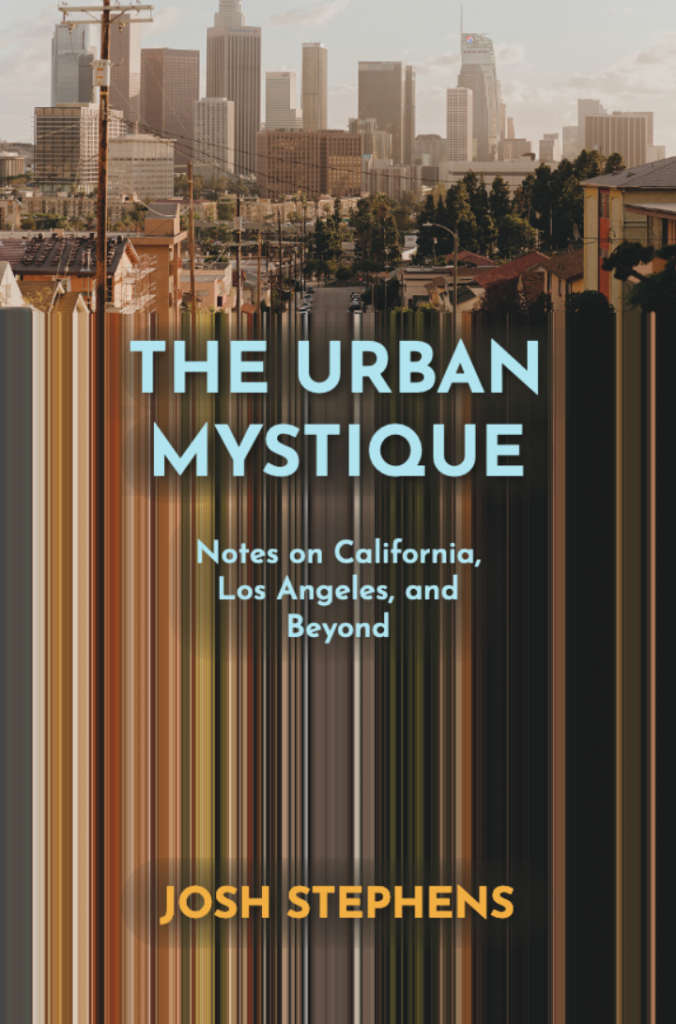
Stephens decided early on he didn’t want to actually be an urban planner. The minutia gets to him, even. But he never felt like the wheeler-dealer types who are typically drawn to real estate.
By writing about urban planning, Stephens gets to put his English degree to work on a topic he obviously loves.
He’s an optimist, really: He thinks LA has made huge strides in recent decades when it comes to public transportation and he sees the promise of smart growth and sustainability.
Stephens said he thinks it’s inevitable Brentwood (and most of Los Angeles) will see continued up-zoning in coming years; the demand for housing is just too acute.
“What people don’t always realize,” said Stephens, “is that denser housing closer to jobs can actually reduce traffic in the area.”
He explained: If people can live close to where they work – and the Westside is a jobs magnet – then there needn’t be so many car trips in and out of the Westside coming from the south, east and the San Fernando Valley to the north.
Despite opposition, Stephens said he thinks the housing development at the Martin Cadillac site (Olympic and Bundy, close to the new Metro stop), could turn out just fine.
Here in Brentwood – which Stephens said is a “great place” — Stephens said he thinks a “silent majority” of Brentwood residents would have prefered to have seen the Green Hollow Square project get built, but “the loudest voices in room” were able to successfully block the project.
Green Hollow Square was a proposed retail center with shopping, a bookstore and a few restaurants. It was to go where the Barry Building is now. The Barry Building is the site of the former Duttons Bookstore. The developer was Charlie Munger, a billionaire.
Stephens refers to Munger and the Barry Building controversy in his essay, “It’s Time to Stop Demonization of Developers.”
Once blocked, the property was boarded up and has remained so for years, with no obvious path forward at this time.
Stephens said he wishes NIMBYs could better define what they are for – and not just what they are against. “If not Green Hollow Square, then what?”
“Los Angeles is a complex place,” noted Stephens. Its urban development, culture and politics are complex as well, he added. As LA moves forward from here, he said he hopes to see a real “sense of welcome” take hold – especially when it comes to members of ethnic minorities and those with lower incomes – people currently underrepresented on the Westside.

